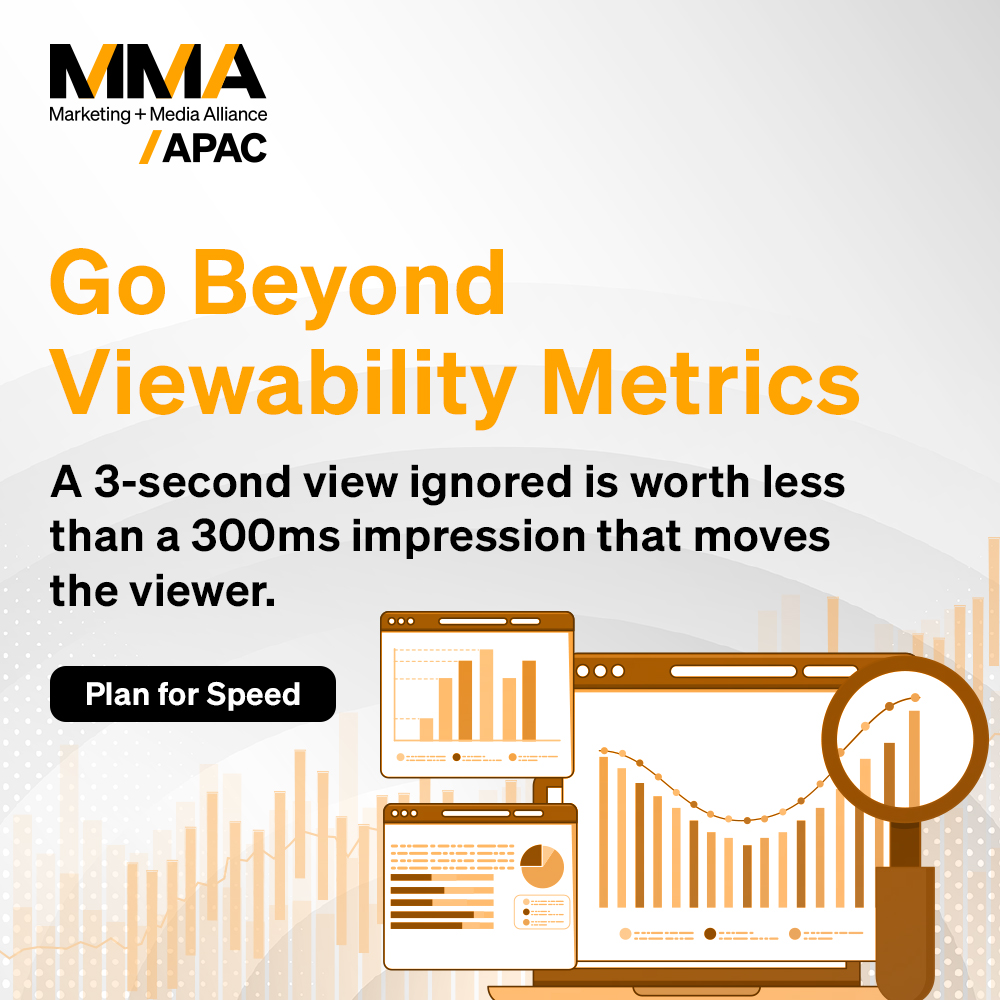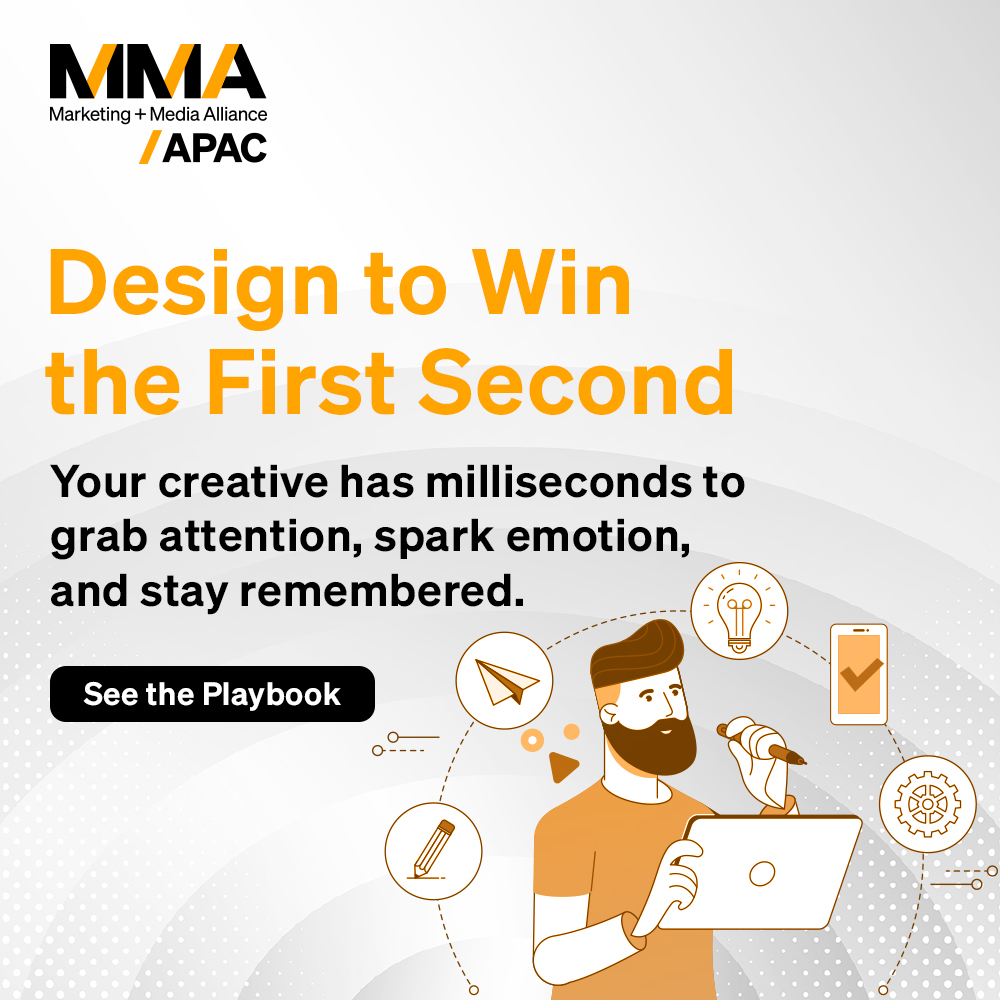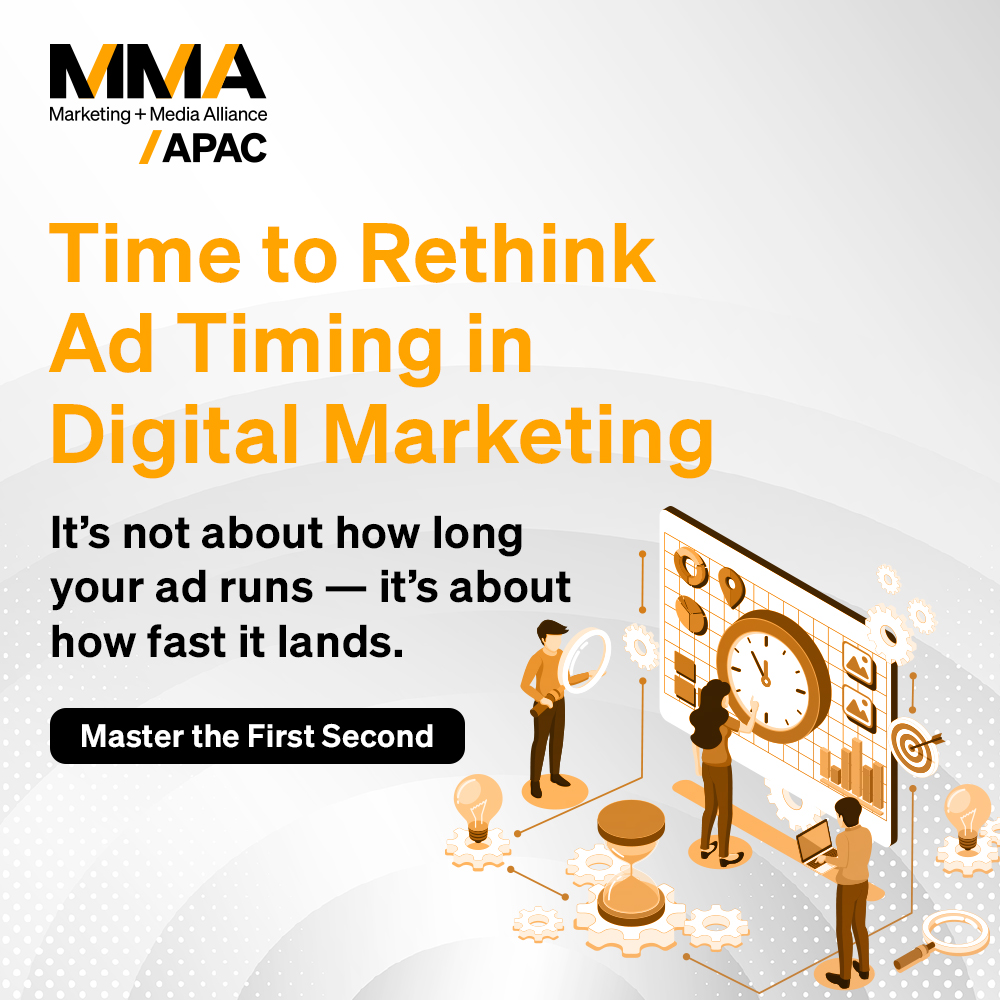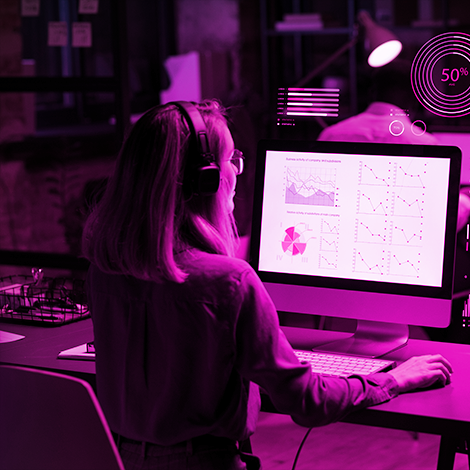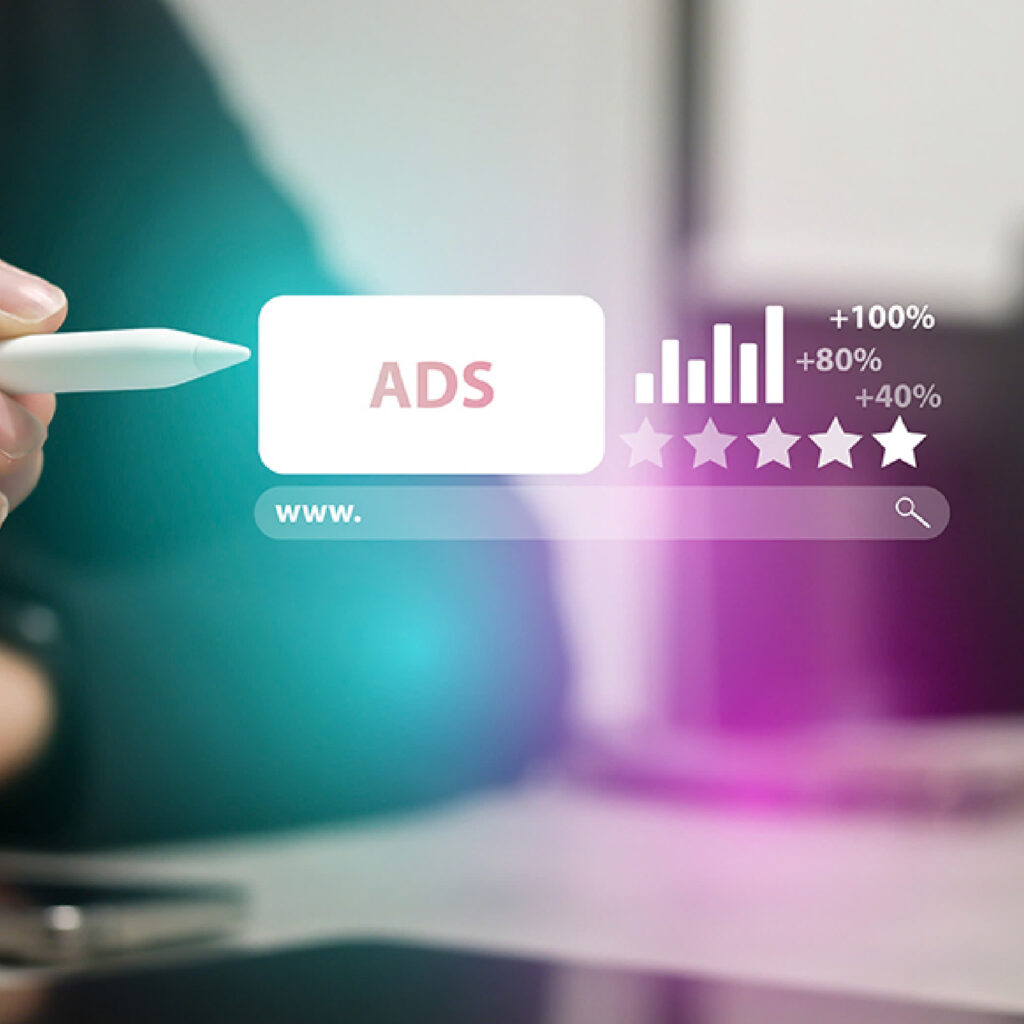In mobile advertising, time is no longer a luxury. Your creatives have just a fraction of a second to make an impression. According to research from the Mobile Marketing Association (MMA) and Neurons Inc., the human brain starts processing ads within 400 milliseconds. That is less than the time it takes to blink.
Emotional responses begin to form by 700 milliseconds, often before a viewer consciously registers what they are seeing. For brands, this means the first second is not a warm-up. It is the moment of truth.
This article offers a practical guide for marketers and creative teams on how to design ads that perform under extreme time pressure. These insights come directly from neuroscience, tailored for mobile environments.
1. Attention Must Be Earned
Old-school thinking measured ad success by duration. More time meant more message retention. But the First Second Strategy shows that 67 percent of mobile ads are cognitively recognized in just 0.4 seconds. Emotional engagement can follow almost immediately.
Spending more money to buy longer ad placements will not fix a weak creative. You do not need more time. You need more impact, and you need it right away.
2. Faces and Gaze Pull Focus
The human brain is wired to respond to faces. Ads featuring human elements, including facial expressions and body forms, capture attention quickly. When characters look at the viewer, they command attention. When they look at a product, they help guide the viewer’s eyes.
Creative tip: Use faces early in your creative. Consider where they are looking and what emotional expression they are showing.
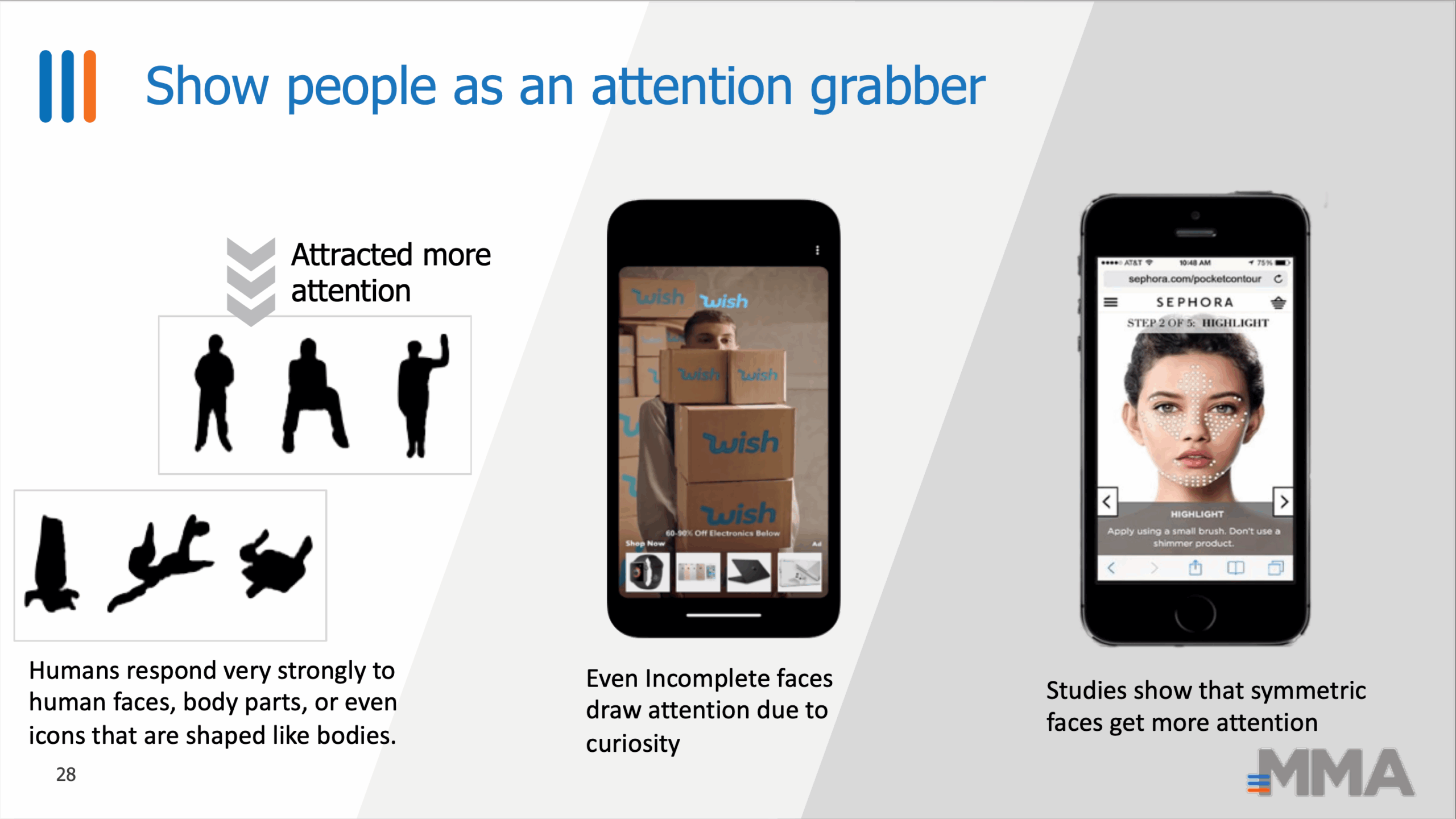
(Source: FROM A BLINK TO AN IMPRINT, TO A HEARTBEAT.)
3. Motion Creates Emotion
Video ads generate emotional reactions faster than static images. Even subtle motion or implied movement increases engagement. This is because motion signals urgency or relevance to the brain.
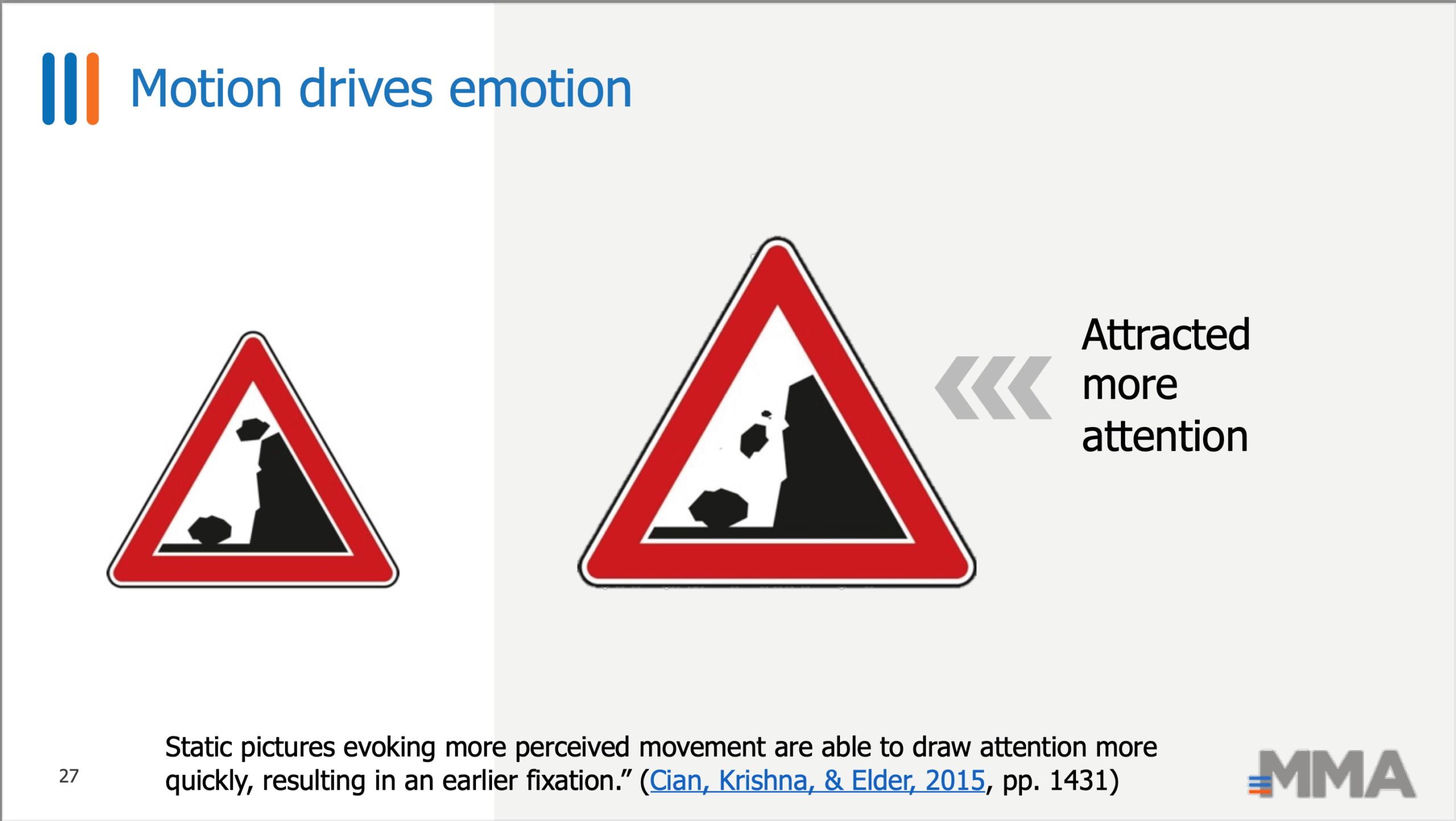
(Source: FROM A BLINK TO AN IMPRINT, TO A HEARTBEAT.)
However, too much motion can be overwhelming. The key is purposeful movement that aligns with your message.
Creative tip: Use smooth transitions or animations that enhance focus. Avoid rapid flashing or chaotic movement.
4. Simplicity Wins in Vertical Format
Complex visuals slow down the brain. Ads with low to medium image and saliency complexity performed better in mobile feeds. Cluttered designs cause cognitive overload and lower attention retention.
Creative tip: Keep your design clean. Highlight one dominant visual or message. Use white space to your advantage.
5. Contrast and Color Boost Visibility
High-contrast designs attract the eye. Bold color choices like red, green, or yellow can trigger emotional responses faster. At the same time, visuals must be balanced. Too much contrast or color saturation can backfire.
Creative tip: Use color to draw attention to the focal point. Avoid muted tones in the first frame unless used intentionally for contrast.
6. Make Branding Immediate
Well-known brands are recognized faster by the brain. However, this only happens when the brand is visible from the beginning. Delaying the logo or product reveal reduces effectiveness.
Creative tip: Show your brand in the first frame. Use product shots, logos, or brand colors consistently across platforms.
7. Static or Video? Both Can Work
Video ads may spark faster emotional reactions, but static ads can be equally effective if they use visual cues correctly. What matters most is clarity in the first second.
Creative tip: Focus on visual storytelling when it comes to mobile advertising. Whether static or moving, the message must be understood instantly.
First Second Creative Checklist
Before launching any ad, use this checklist:
- Is your main message visible in the first frame?
- Does the creative include a face or body?
- Is branding shown early?
- Are you using color and contrast effectively?
- Is there motion or implied motion?
- Is the layout clean and simple?
- Would the ad still make sense without sound?
Why This Matters
Mobile audiences move fast. Your creatives must move faster. The First Second Strategy is not just about working with constraints. It is about using science to drive results for mobile advertising.
When you design with the brain in mind, you increase your chances of stopping the scroll, sparking an emotion, and leaving a lasting impression. Creative under pressure does not mean cutting corners. It means cutting through.
Sources
- MMA & Neurons Inc. (2019). Members Only – First Second Strategy Report
- Neurons Inc. (2019). Cognition Research Report Final
- MMA (2019). First Second Strategy Executive Summary













